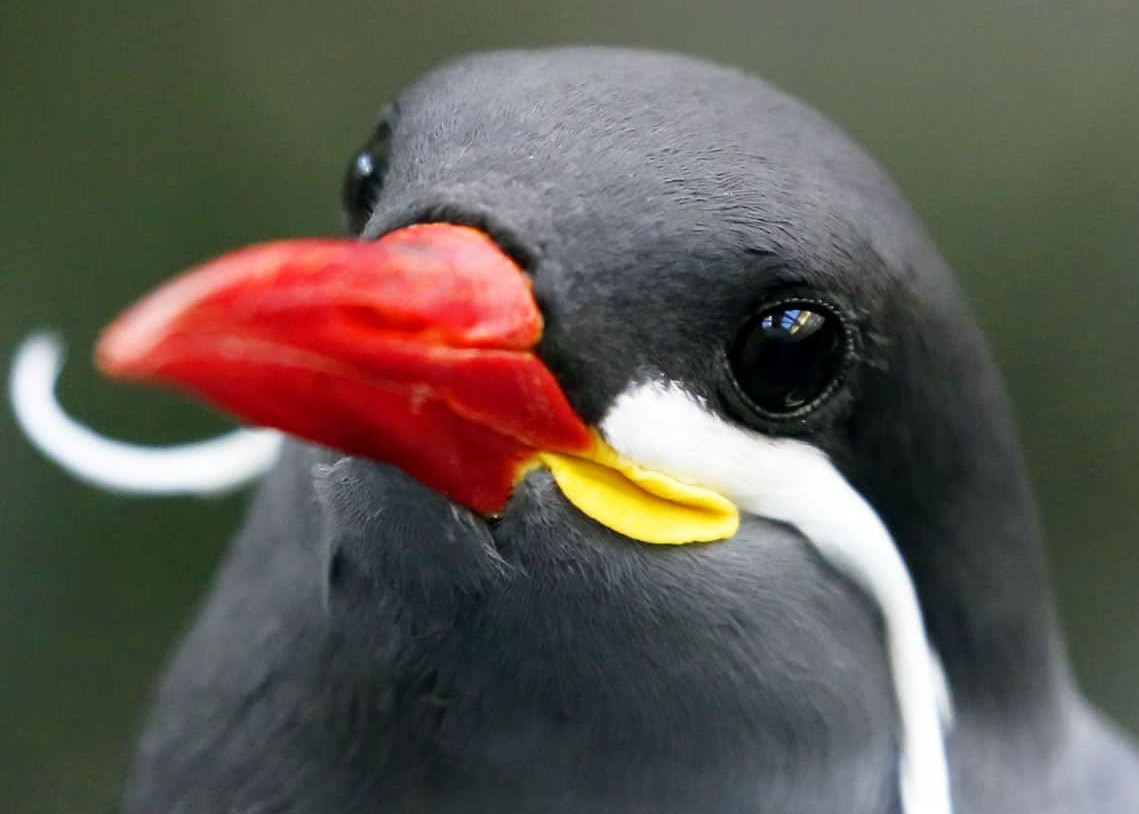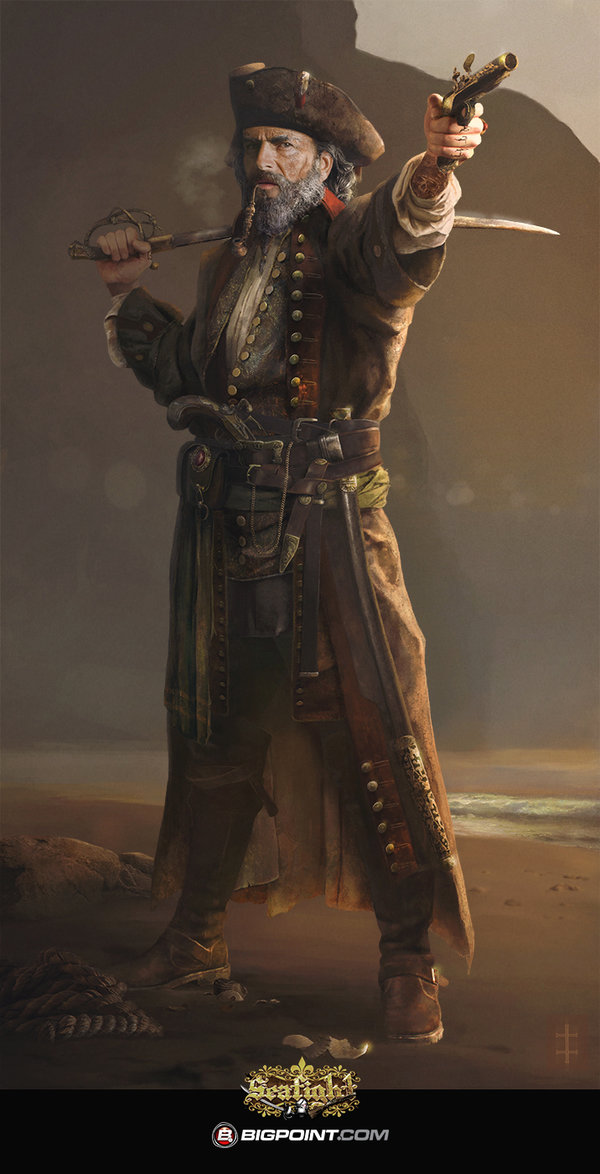Thorny Cuniculer
Thorny cuniculers are small reptiles native to the Looming Desert of Norrab. Scuttling through spiked bushes and cacti, they burrow in the ground overnight, blocking entrances with their thorny tails.
These animals are sometimes kept as pets. They may be a challenge, but they have interesting unique personalities and are a fun struggle for advanced reptile owners.
Taxonomy
Thorny cuniculers are in the family Agamidae, closely related to thorny devils. They share a genus, Spiccapa, with countless other cuniculer species, all burrowing reptiles with prickly bodies.
Anatomy
Small reptiles, thorny cuniculers rarely grow beyond twenty centimetres in length. They have a conical body plan with long legs to tiptoe along hot sand. Scales are a dark brown, verging on black. Small lighter brown and orange speckles are apparent on their backs, more prominent in males. Males also have larger spikes. Both sexes have bumps, nodes, and spines covering their entire bodies, excluding lips and toe pads.
The tail of this species is very thin, almost needle-like. The tail is covered in sharp spines with miniscule hooks for extra grip. The tail is wiggled at predators as a method of deterring them.
Oi, be careful! Watch where you're walking. That could hurt both you and that lizard you almost stepped on.
Diet
Wild thorny cuniculers have a diet entirely comprised of termites, ants, and other colonial insects. They dig up termite and ant nests, agitating the insects, causing them to emerge and attack. As they can't penetrate the lizard, the lizard has the perfect opportunity to consume hundreds to thousands of insects in one sitting.
Cuniculers as pets rarely have an appropriate diet. Most get fed smaller doses of larger insects. Many lizard owners purchase insects too large, the lizard unable to consume them.
Reproduction & Growth
Thorny cuniculers have one of the most unique reproduction methods of any vertebrate animal on Norrab. Instead of producing typical eggs, females secrete a large white, unfertilised mass into the end of a burrow. A random male will enter, releasing sperm into the mass.
This mass undergoes conlectofertilisation, also known as puddle fertilisation. Around thirty embryos form from this mass, which forms a hardened case. All embryos incubate together as the female guards her offspring.
Upon hatching babies immediately scuttle out of the nest. At this point it is a fight for survival, their only hope of living to adulthood being their feisty nature and prickly skin.
Habitat
These animals inhabit the Looming Desert of planet Norrab. They can withstand extreme temperatures and little to no humidity. Capillary action enables water to be drawn into the mouth from any part of their body.
During cold and dry nights, thorny cuniculers bury themselves within burrows in the ground, typically dug underneath large rocks. They block the entrance with their thorny tails, making it so predators can't reach in and grab them without injuring themselves. A lack of functioning neurones in the tail means that even if it is ripped off, the lizard feels nothing.
Risky Prey
Thorny cuniculers are common prey items of numerous omnivores and carnivores, including norrabian wolf-dogs, spinestickles, and sian soarers.
These lizards always put up a good fight; in addition to their tough exterior they are stubborn and defensive, not hesitating to bite and scratch at something ten times their size.
A native of the Looming Desert means food is scarce, and many animals try to eat thorny cuniculers. They are easiest to capture while sunbathing. Some predators use tools to kill thorny cuniculers - spinestickers and wolf-dogs often use rocks to pummel the lizards to death, instead of risking being injured by the animal's thorns.
12 years (in captivity)










More animals from the looming desert, that makes me happy! It sounds like a cute lizard with a sting. I'd adopt one in a heartbeat.
Thank you! I'd love to draw them at some point, then you can really see if you'd like this prickly pet :D